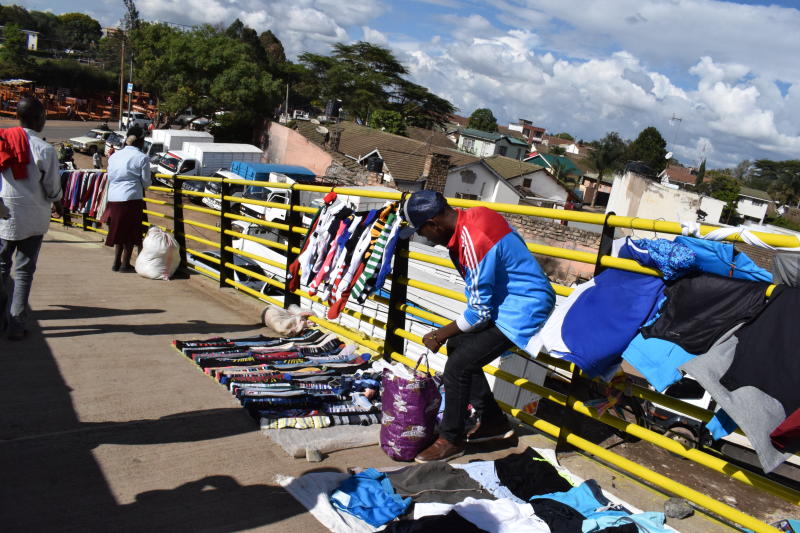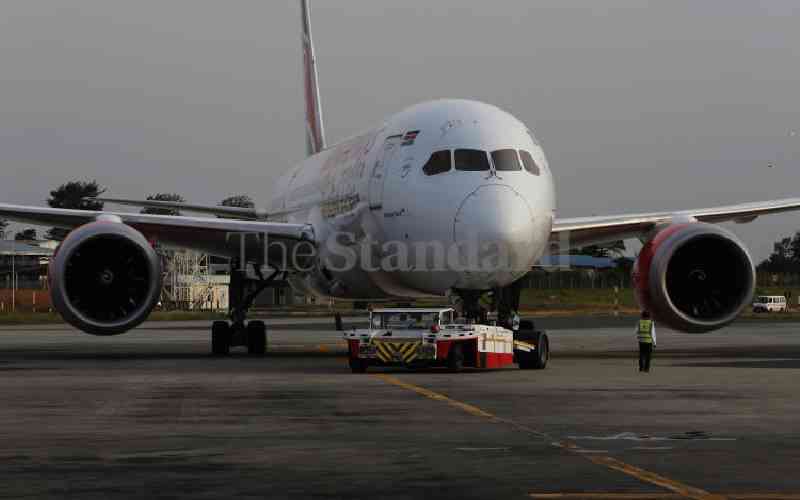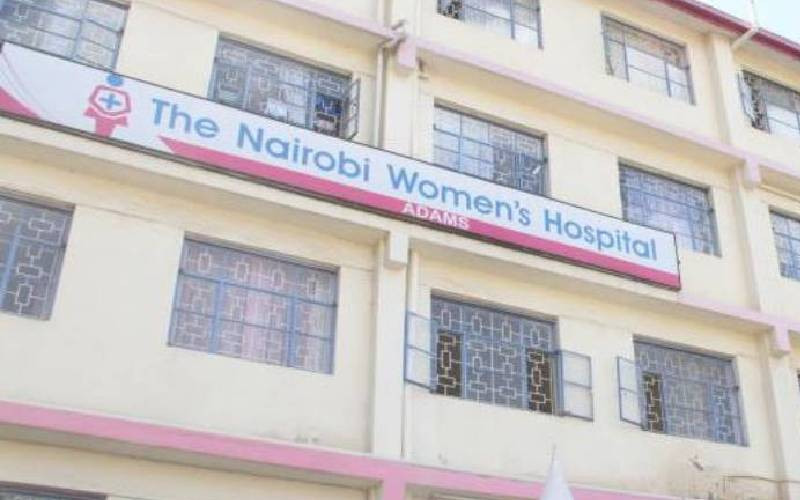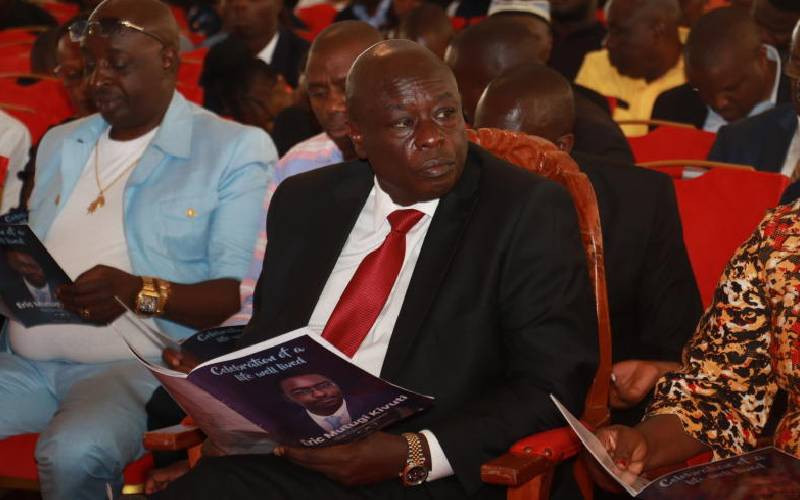 For a long time, Nairobi’s homeless or street families had taken over the few footbridges within the city and were making it hard for pedestrians to safely cross the road.
For a long time, Nairobi’s homeless or street families had taken over the few footbridges within the city and were making it hard for pedestrians to safely cross the road.
But things have changed. Traders and beggars are now calling the shots on the footbridges with the full knowledge of some Nairobi City County officers, the very people who should ensure that the infrastructure is used by people for whom they were installed.
On the city’s major thoroughfares of Mombasa and Jogoo roads and Thika Highway exist a well-run racket that is keeping pedestrians away from footbridges and putting them in harm’s way.
Rented space
The racketeers, we established, rent out a few square metres on the raised platforms, leaving little to no space for pedestrians. The traders who have paid for this space say they have nowhere else to sell their wares.
Our fact-finding mission started at the footbridge Kobil area on North Airport Road in Embakasi South. Here, the traders are organised in a well coordinated scheme that is enriching a City Hall official known as Madam Jane. “We have to pay Sh100 on Thursdays and Sh150 on Saturdays and the money is given to Madam Jane. Everyone has a slot where he or she puts his wares everyday,” said a trader at the footbridge.
So well coordinated is the plot that there is even a person who gets paid to clean the footbridge every morning.
We traced Madam Jane to Imara Daima, where she works as a City County inspector. When we called her, she denied renting out space on footbridges and pocketing the money. “It is not true that I collect the money. The fact is that those traders are operating there illegally,” she said.
When prodded further why as a senior inspector she was allowing these people to block the footbridges, she insisted that we visit her office for more information as she could not say more on phone. Many traders said they started selling on the footbridges when they saw others doing so. “There is no notice at the entrances or exits that it’s wrong to sell on the footbridges. Some of us just act out of ignorance,” said another trader. At the busy Cabanas bus stage on Mombasa Road, a trader said City County askaris pass by to collect rent. “Here, we give Sh100 on Tuesdays and Sh150 on Saturdays to county officers to avoid arrest. Only six traders have been allowed to operate from here,” he said.
There are food kiosks with dark smoke billowing from them under this footbridge.
On the busy footbridge at General Motors (GM), boda boda riders reign supreme. They care less for human traffic, and ride across with reckless abandon while hooting.
The most affected on the busy Thika Highway are the footbridges at Ngara and Kahawa Wendani.
At Ngara, even handcart owners push their contraptions on the footbridge to cross the eight-lane road. “Sometimes, there is a handcart gridlock. Boda boda riders also ride on it,” a trader at the bridge said. According to Charles Njogu, KeNHA’s assistant director of communication, the authority is not responsible for policing the footbridges. “Our work is only to put up infrastructure. That responsibility belongs to the Nairobi County government,” Njogu said.
Eva Wairiuko, Nairobi County Security and Compliance Deputy Director (Operations), said she was surprised to hear that there are traders selling on footbridges and officers are collecting money from them. “The footbridges are meant for pedestrians, not traders. It’s an illegality and I am going to mobilise county commanders to take immediate action. You have done well to bring this to my attention,” Ms Wairiuko said.
The Jogoo Road footbridges at Makadara and City Stadium are dirty and the ones on Landhies Road (County Bus station) have been completely taken over by street families. “The homeless children have also converted them into toilets,” said Joshua Ogenga, a boda boda rider.
Stay informed. Subscribe to our newsletter
The one over Haile Selassie Avenue at Wakulima Market is no longer used by pedestrians as it has been turned into a market by shoe traders.
 The Standard Group Plc is a
multi-media organization with investments in media platforms spanning newspaper
print operations, television, radio broadcasting, digital and online services. The
Standard Group is recognized as a leading multi-media house in Kenya with a key
influence in matters of national and international interest.
The Standard Group Plc is a
multi-media organization with investments in media platforms spanning newspaper
print operations, television, radio broadcasting, digital and online services. The
Standard Group is recognized as a leading multi-media house in Kenya with a key
influence in matters of national and international interest.
 The Standard Group Plc is a
multi-media organization with investments in media platforms spanning newspaper
print operations, television, radio broadcasting, digital and online services. The
Standard Group is recognized as a leading multi-media house in Kenya with a key
influence in matters of national and international interest.
The Standard Group Plc is a
multi-media organization with investments in media platforms spanning newspaper
print operations, television, radio broadcasting, digital and online services. The
Standard Group is recognized as a leading multi-media house in Kenya with a key
influence in matters of national and international interest.

 For a long time, Nairobi’s homeless or street families had taken over the few footbridges within the city and were making it hard for pedestrians to safely cross the road.
For a long time, Nairobi’s homeless or street families had taken over the few footbridges within the city and were making it hard for pedestrians to safely cross the road.







